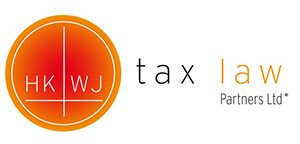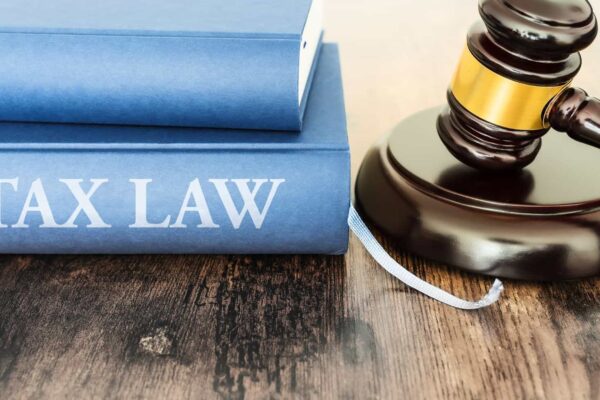Articles of Association & Shareholder Agreements
Until the 2nd of March 2014, section 4 of the previous Hong Kong Companies Ordinance Cap. 32 (‘Cap.32’) required every company incorporation in Hong Kong to have a signed Memorandum of Association (the ‘Memorandum’), whereas section 9 of Cap. 32 allowed a company limited by shares (e.g. a limited company) to register together with its required Memorandum, the Articles of Association (the ‘Articles’).
However, as from 3rd of March 2014, the current Hong Kong Companies Ordinance Cap. 622 (‘Cap. 622) came into place, thereby abolishing the Memorandum. Instead, section 75 of Cap. 622 prescribes now that every Hong Kong incorporated company must have Articles in place that prescribe the regulations of such company.
The purpose of the Memorandum was, amongst others, to state the objects of a company and to prescribe its authorised share capital, but as a result of the abolition of the corporate doctrine of ultra vires in 1997 and the fact that having an authorised capital (including par value) was considered as old fashioned, it was decided that the Memorandum had lost its momentum.
Please note that although the Memorandum for companies incorporated before 3rd of March 2014 has become now an integral part of the Articles (section 98 of Cap. 622), Cap 622 also has resulted into a general overhaul of the Hong Kong Companies Ordinance as such. Those companies are therefore generally advised to revise and update their Articles.
The Articles of Association
The Articles of a company, as mentioned above, prescribe the regulations for a company and are often considered as the manual/constitution of the company. According to section 86 of Cap. 622, the Articles of Association have the effect of a contract (under seal) and regulate the relations between i) all the shareholders of the company and ii) each shareholder of the company and the company itself.
Apart from some mandatory articles, such as the name clause and the capital clause, a company may adopt whatever clauses it chooses and is free to draft its clauses in whatever way it likes in order to form the other internal regulations of the company, such as how to appoint directors and organise board and shareholder’s meetings.
It should be noted that the registration of the Articles with the Hong Kong Company Registrar is required as third parties, before dealing with a company, might want to know the exact powers of director of the company, the company’s capital and its liability clause.
Further, in certain circumstances, the statutory provisions of Cap. 622 can override the Articles of a company. For example, section 462 of Cap 622 determines that a company may by ordinary resolution remove a director, despite anything that has been decided in its Articles or any other agreement.
The Shareholder Agreements
Shareholders of a company are often advised (when there is more than one shareholder) to draft and conclude a shareholders agreement (the ‘SA’). Its purpose is to decide on issues such as dividend policies, future financing, restrictions on share transfers (pre-emptive rights), dilutions and pledging of shares.
Although shareholders could indeed incorporate all these typical elements of a SA into the Articles instead, there is a major reasons why the SA is usually a separate agreement from the Articles. The reason is that SA does not need to be registered with the Hong Kong Companies Registrar and can therefore be considered as a private agreement amongst the shareholders of a company.
Many shareholders of a company would for example consider dividend policies as a matter of concern to the shareholders only and not something that has to be discussed with the company (and its directors who manage the daily operation of a company) and with any third parties.
It should, however, be noted that making a company and its shareholders all a party to the SA has to be considered as an advantage as this would stimulate transparency and would avoid any unpleasant future surprises.
Possible Conflicts between The Articles of Association & The Shareholder Agreements
A SA is considered to be more powerful than the Articles itself, i.e. if there is any conflict between the Articles of a company and a SA concluded by the shareholders of this company, the SA generally would take priority over the Articles as long it does not conflict with Cap. 622, which latter determines the company’s statutory powers. Generally, this means that if a SA provides for more restrictions than Cap. 622 stipulates, a conflict is not considered to be present. However, where a SA is less strict than Cap. 622, Cap. 622 overrides.
An example of restricting a company’s statutory powers would be the situation in which a SA determines that a company cannot increase its capital without consent of all the shareholders or where it restricts the power to wind up. Such provisions would be in conflict with the company’s statutory powers and as a result would be considered as void as well.
It would be hereby irrelevant whether or not the company was a contracts party to the SA. However, as the SA would still be valid for the ‘remainder’ part, the shareholders themselves still can enforce the provisions against each other through the back door of ‘indemnity’.






